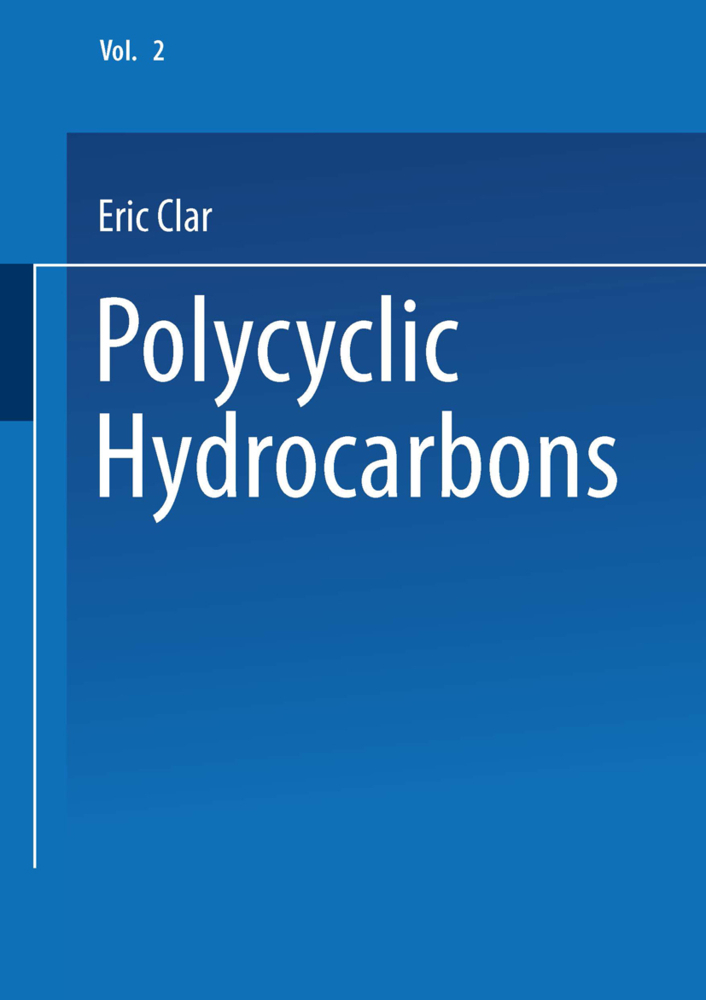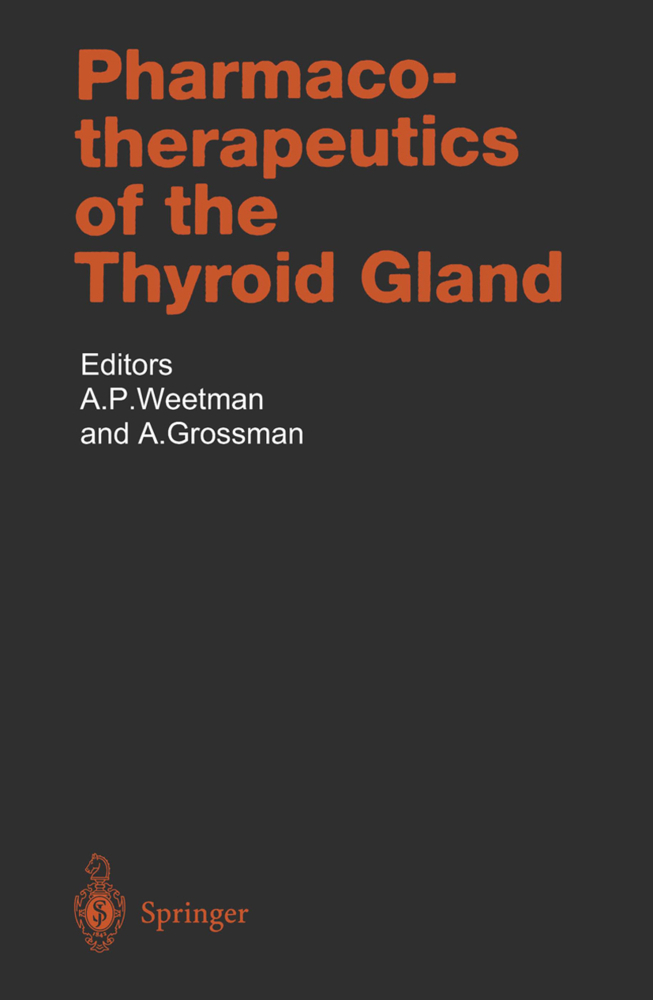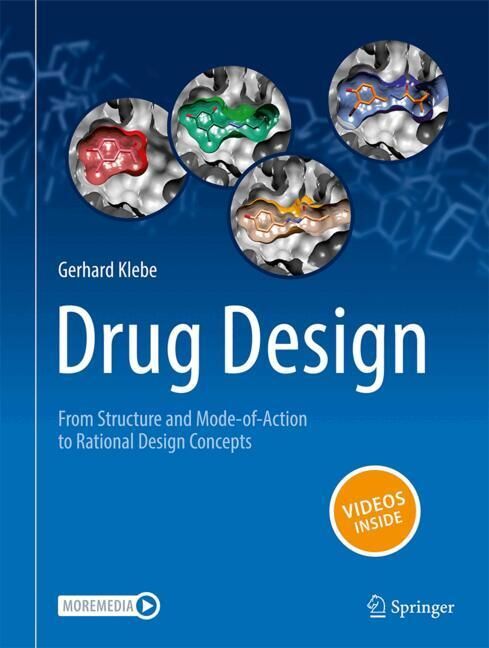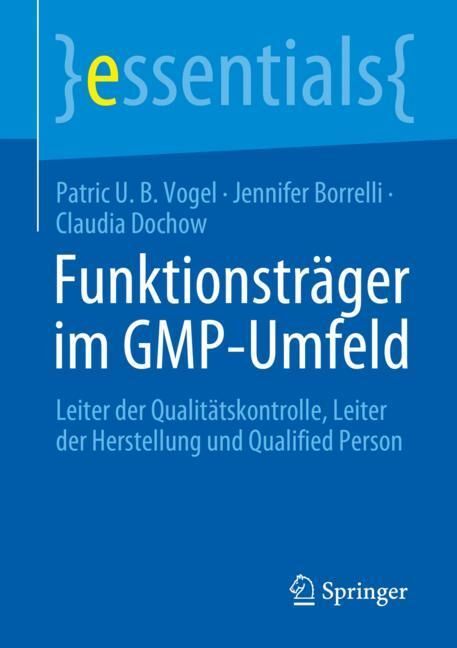Polycyclic Hydrocarbons
Volume 2
Polycyclic Hydrocarbons
Volume 2
Polycyclic hydrocarbons are of interest in many fields of science: theoretical chemistry, physical chemistry, organic chemistry, dyestuff chemistry and biology. With regards to the latter, I am indebted to Dr. Regina Schoental of the Medical Research Council for the review in this present work of carcinogenesis by polycyclic hydrocarbons. This book is designed to present the facts in a simple and clear order and to derive empirical rules from them, but it does not present a com prehensive theory about polycyclic hydrocarbons. An attempt is made instead to extend classical symbolism into modern structural chemistry. Thus extensive use is made of Robinson's aromatic sextet, which is applied in an uncompromising and strict way. This quasi-classical attempt is encouraged further by such completely unexpected dis coveries as those of Dewar benzene and of the electronic asymmetry of formally symmetric hydrocarbons. How difficult it is to break away from any established way of thinking has been admirably expressed by Kekule ("Organische Chemie", 1861, Part 1, page 4, translated from German): "All our ideas are based, to an extent much greater than we ordinarily believe, on those of our predecessors. Our accumulated experience, the notions of which our training has accustomed us to, of whatever kind they have been, influence the course of our thoughts far more than we are willing to admit; only too frequently the following of our regularly used, well trodden way of thinking leads to us overlook the simplest of correlations.
29. Hydrocarbons derived from Perylene
30. Hydrocarbons derived from Bisanthene
31. Hydrocarbons derived from Pyrene
32. Hydrocarbons derived from Anthanthrene
33. Hydrocarbons derived from p-Terphenyl
34. Hydrocarbons derived from Terrylene
35 Hydrocarbons derived from 2.3-peri-Naphthylenepyrene
36. Hydrocarbons derived from Peropyrene
V peri-Condensed Hydrocarbons consisting only of Six-membered. Rings and Derived from Fundamental Systems with Four Benzenoid Rings
37. Hydrocarbons derived from Quaterphenyl
38. Hydrocarbons derived from Quaterrylene
39. Hydrocarbons derived from 2.3,7.8-Di-(peri-naphthylene)-pyrene
VI peri-Condensed Hydrocarbons consisting only of Six-membered Rings and Derived from Fundamental Systems with Five and Six Benzenoid Rings
40: Quinquiphenyl and Sexiphenyl
VII peri-Condensed Hydrocarbons consisting of Six- and Five-membered Rings in which no Carbon Atom Is Linked with more than One Hydrogen Atom
41. Hydrocarbons containing one Five-membered Ring
42. Hydrocarbons containing Two Five-membered Rings
43. Hydrocarbons containing Three Five-membered Rings
44. Hydrocarbons containing four Five-membered Rings
VIII peri-Condensed Hydrocarbons consisting of Six-membered Rings in which One Carbon Atom Is Linked with Two Hydrogen Atoms
45
IX peri-Condensed Hydrocarbons consisting of Six-membered Rings in which Two Carbon Atoms Are Linked with Two Hydrogen Atoms
46
X Hydrocarbons consisting of Six-membered Rings which have Formally Fixed Double Bonds
47
XI Hydrocarbons consisting of Five- and Six-membered Rings which Have Formally Fixed Double Bonds
48
Author Index.
III peri-Condensed Hydrocarbons consisting only of Six-membered Rings and derived from Fundamental Systems with Two Benzenoid Rings
28. Hydrocarbons derived from Diphenyl29. Hydrocarbons derived from Perylene
30. Hydrocarbons derived from Bisanthene
31. Hydrocarbons derived from Pyrene
32. Hydrocarbons derived from Anthanthrene
33. Hydrocarbons derived from p-Terphenyl
34. Hydrocarbons derived from Terrylene
35 Hydrocarbons derived from 2.3-peri-Naphthylenepyrene
36. Hydrocarbons derived from Peropyrene
V peri-Condensed Hydrocarbons consisting only of Six-membered. Rings and Derived from Fundamental Systems with Four Benzenoid Rings
37. Hydrocarbons derived from Quaterphenyl
38. Hydrocarbons derived from Quaterrylene
39. Hydrocarbons derived from 2.3,7.8-Di-(peri-naphthylene)-pyrene
VI peri-Condensed Hydrocarbons consisting only of Six-membered Rings and Derived from Fundamental Systems with Five and Six Benzenoid Rings
40: Quinquiphenyl and Sexiphenyl
VII peri-Condensed Hydrocarbons consisting of Six- and Five-membered Rings in which no Carbon Atom Is Linked with more than One Hydrogen Atom
41. Hydrocarbons containing one Five-membered Ring
42. Hydrocarbons containing Two Five-membered Rings
43. Hydrocarbons containing Three Five-membered Rings
44. Hydrocarbons containing four Five-membered Rings
VIII peri-Condensed Hydrocarbons consisting of Six-membered Rings in which One Carbon Atom Is Linked with Two Hydrogen Atoms
45
IX peri-Condensed Hydrocarbons consisting of Six-membered Rings in which Two Carbon Atoms Are Linked with Two Hydrogen Atoms
46
X Hydrocarbons consisting of Six-membered Rings which have Formally Fixed Double Bonds
47
XI Hydrocarbons consisting of Five- and Six-membered Rings which Have Formally Fixed Double Bonds
48
Author Index.
Clar, Eric
| ISBN | 978-3-662-01670-1 |
|---|---|
| Artikelnummer | 9783662016701 |
| Medientyp | Buch |
| Auflage | Softcover reprint of the original 1st ed. 1964 |
| Copyrightjahr | 2013 |
| Verlag | Springer, Berlin |
| Umfang | LVII, 487 Seiten |
| Abbildungen | LVII, 487 p. |
| Sprache | Englisch |









